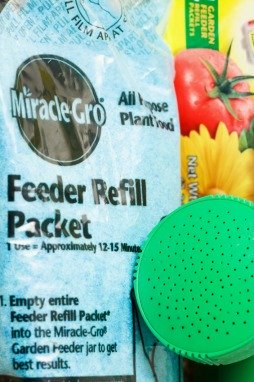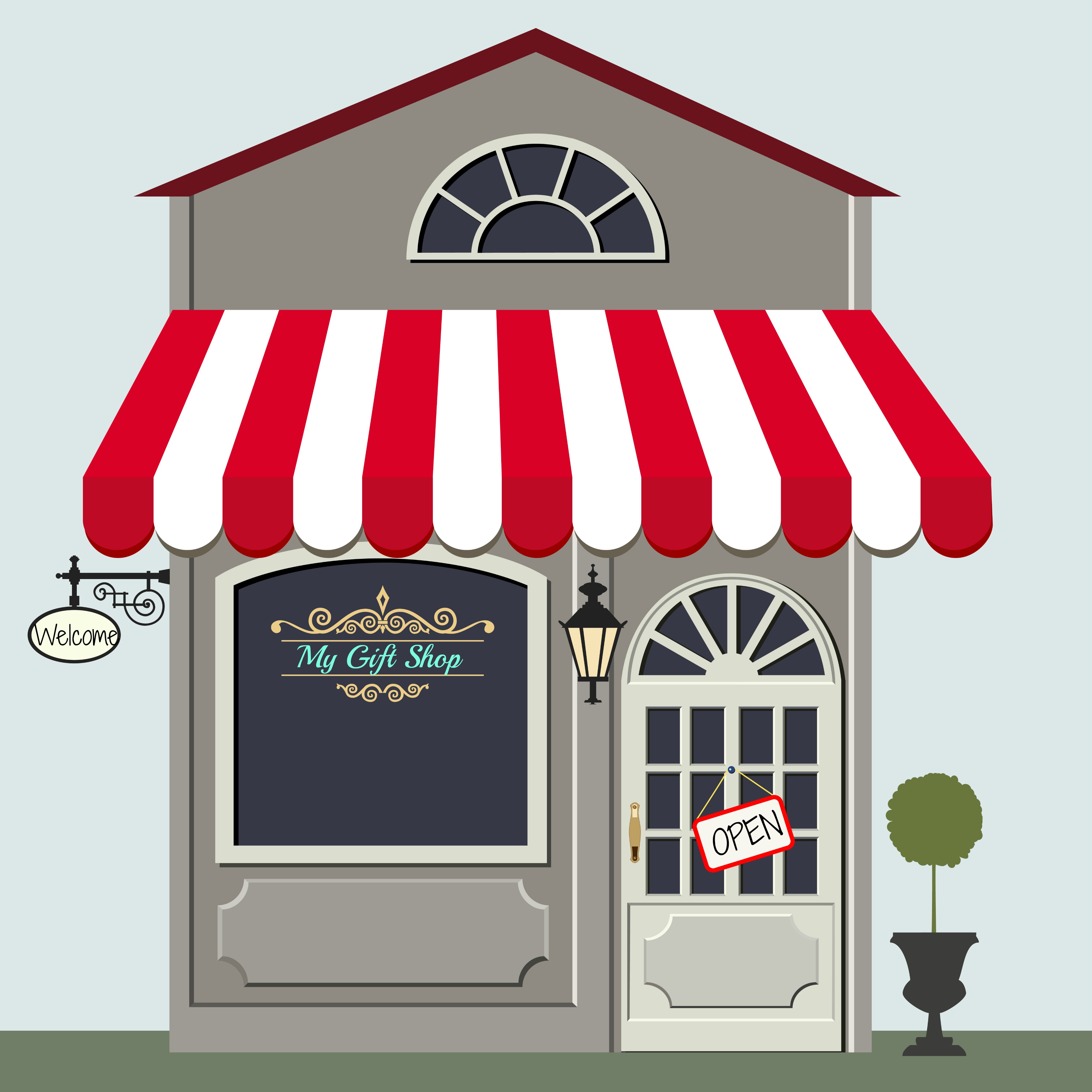Beginner Gardening
Growing Vegetables
So what is it about Beginner Gardening growing vegetables we need to know when we decide to plant our first vegetable garden?
Let's follow our make believe character who we'll name Steve, with his first try at planting a vegetable garden.
Steve is a novice and he's about ready to take the plunge and try his green thumb at vegetable gardening.
Not knowing where to start, he searched the internet for information on how to grow his first vegetable garden and discovered us, "garden-planting-tips.com."
Well... not really. As we mentioned above, we are creating a fictitious character named Steve, but I'm sure you got the idea... Right!
So what does Steve want to do?
He thinks for a moment and says... "Well, I like tomatoes, so I think that would be a good plant to try first."
Our Beginner Gardening
Rookie Has Made a Decision
"Now where do I go from here?” Our beginner gardener thought.
So, Let’s help him out a little.
We know it’s spring. Isn’t that the time everyone has been waiting for and can’t wait to get going in the garden?...Yep! That’s what I thought, and it seems Steve is no different. The spring time bug has gotten to him too.
Now if you’re new to vegetable gardening, it would be a good idea to know your plant hardiness zone. Not only for tomatoes, but for any other vegetable you may want to grow in your garden. If you live in the United States or Canada, I’ve included a link for you to find the
USDA plant hardiness Zone map for your area.
Don't forget to visit My Gift Shop
before you move on :)
Tomato Planning Stage
After asking a few questions at the local garden nursery,Steve discovered his new tomato vegetable garden will need to receive at least 6 hours of sunlight every day, and his tomatoes should be planted in an area with well drained rich soil.
"Well so far so good," our beginner gardener thought. "I believe I've found the perfect spot."
Staring down at his new-to-be vegetable garden our beginner gardener mumbled to himself." Now I know I can grow from scratch with seeds, but I think I'll buy seedlings or starters from the nursery. At least they will be above ground so I can get my spacing of the plants right."
The man at the nursery seeing Steve's interest in tomatoes, asked what kind of tomatoes he wanted to grow? "Gee I don't know?" Steve said feeling a little sheepish. "I'm kind of a beginner gardener and this is the first time I tried to grow something."
"Well," said the nursery man, "there are two categories of tomatoes, Determinate and Indeterminate."
Seeing the puzzled look on Steve's face the nursery man continued, "Determinate tomatoes grow typically two to four feet. They're bushy and great for small areas. Now Indeterminate tomatoes can grow as high as eight feet tall and sprawl all over the place if not staked."
Steve interrupted saying "that's it! I want to grow the indeterminate kind." The nursery man smiled and said "good choice, the Indeterminate tomatoes do have a better taste and I would suggest you try heirloom tomatoes."
Driving home with his precious cargo of heirloom tomatoes safely stored in the car trunk, Steve smiled and quietly said, "my days of been a beginner gardener will soon be over!"
Preparing the Vegetable Garden
Our beginner gardener Steve, walked over to the area in his backyard which soon will become his vegetable garden.
With his hands on his hips, he surveyed the area and especially the soil.
There are three types of soil
- Clay soil
It's the worst soil you can have in your garden. When clay soil gets wet it has a tendency to stick together and have a cement like texture. - Sandy soil
It's the opposite, it has a light loose feel and the water drains through very quickly. - Loamy soil
Our third type, is the best choice for growing a vegetable garden. It has everything a vegetable garden will need (in Steve's case tomatoes).
Why would we prefer a loamy soil? Well, it consists of sand, clay, and silt and is ideal for water drainage while holding some moisture that our tomatoes will need.
Steve was glad his nursery man gave him that information on a previous visit to the nursery. He was also fortunate to discover he did indeed have loamy soil.
If this is not the case for you, consult your local nursery for advice on how to prepare your vegetable garden soil. If your garden area lacks any soil nutrients, you may want to consider planting your vegetables in a raised bed garden.
The Moment Is Here. It's Planting Time!
Our beginner gardener carefully laid out his plants on top of the ground evenly spacing them to give each plant sufficient space to grow.
After a few minor adjustments, he stood back for a final look. Feeling satisfied they were just right, he nodded his head and said, "It's time to get the garden tools and start planting."
"That
nursery man sure was helpful and saved me a lot of trips back and forth
to the nursery" he thought, as he remembered him suggesting he should
also purchase garden tools and vegetable fertilizer while he was there.
With
his garden tools brought back to his garden, our beginner gardener
paused for a moment to make sure he brought them all. "Let's see" he
said, I have a shovel, trowels, a cultivator, a weeder, and a
pick/mattock should I run into rock.
Steve picked up his his
largest trowel and walked to his tomato plants. After giving them a
second look-over for just the right spacing, (about 2 ft. apart) he
removed the first tomato plant from its spot and began to dig his first
hole.
The ground was soft and he had no problem making the hole.
It was just large enough for the tomato plant to fit in with the top of
the ball just below the surface.
He remembered from his
conversation with the nursery man to be sure to water the hole he dug
and work in the fertilizer. And, try and plant on a cloudy day as this
will help the tomato plant hold moisture after you give it water.
Steve thought these were great tips to know especially for a beginner gardener.

Speaking of fertilizer, he was also told that tomatoes are heavy feeders and require fertilizing from time to time during the season. So make sure to read all the instructions on any bag or box of fertilizer before you purchase it.
Steve brought the bag of fertilizer to his vegetable garden and laid it down by the first hole. He wiped his forehead and said, "Wow! There is so much to know and remember." This is the second time he had said that. The first time was to the nursery man when he first met him.
"I know how confusing it seems," said the nursery man. "It is for any beginner gardener when they first try their hand growing a vegetable garden. Not to worry though, you'll get the hang of it in no time at all."
"There are just a few more things to remember," he continued. "Tomatoes need a good fertilizer with Nitrogen, Phosphorus, and Potassium. Look for the letters on your fertilizer, (in our case NPK). They are usually followed by a series of numbers such as, (12-10-5), (18-18-21), or perhaps (4-7-10). The first number is Nitrogen, the second is Phosphorus ... well you get the idea right?"
Steve looked puzzled and the nursery man quickly noticed. "Now I know you're wondering which one is right. On that the experts seem to disagree a little, but they all seem to agree Nitrogen should not be the highest number."
The nursery man paused for a moment to get his breath, and to give Steve a moment to let the information sink in.
Our nursery man continued, "Nitrogen encourages the tomato plant to grow leafy yielding less fruit. Well ...fruit is what we want , so an equal or lower Nitrogen number compared to the other two would be favorable. Also, be sure to add fertilizer per bag instructions and repeat again when you see the first fruit."
Placing his hand on our beginner gardener's shoulder he said, "That's it! You now know everything you need to to grow a great crop, and with a little practice and experimenting, it won't be long before your beginner gardening days will be gone forever."
Back in his garden, Steve looked at his freshly planted tomato plants, rubbed his chin and said, "I sure hope he's right."
Whew! I know this is a lot of information to digest at one time so come back from time to time to review any information you may have not remembered. Two articles I encourage you to read I have not included here that cover information about designing a bee garden and another article on fall garden and maintenance, both are must reads for the beginner gardener. To read these great articles, go to Get Gardening.
Copyright © 2008-2019 All rights reserved.

